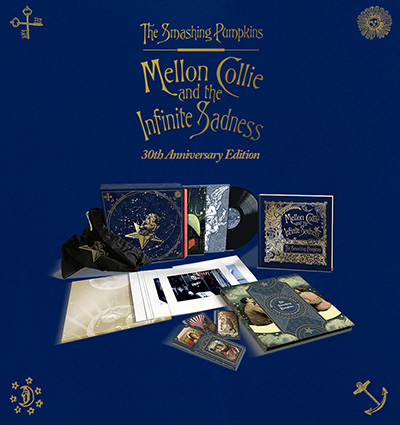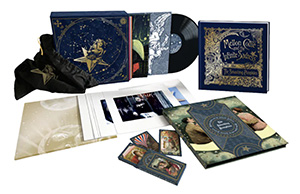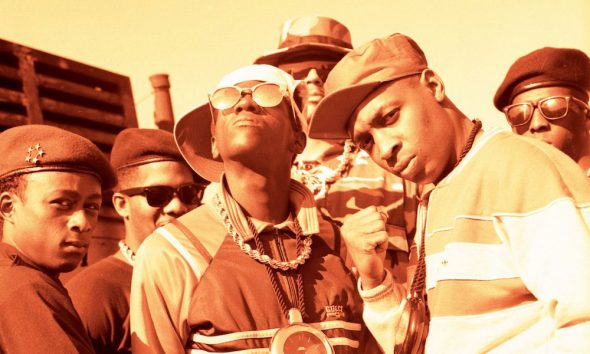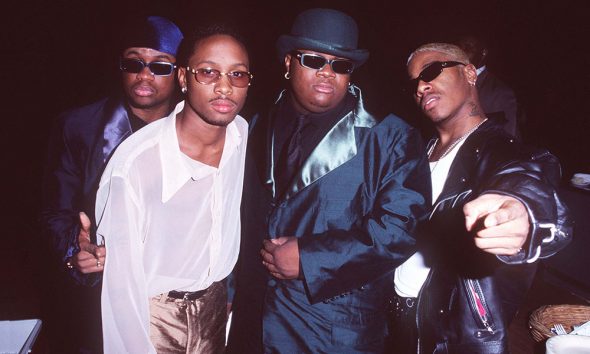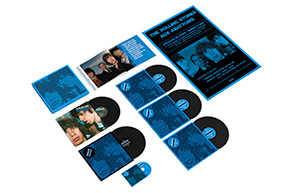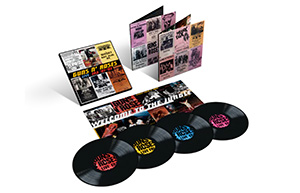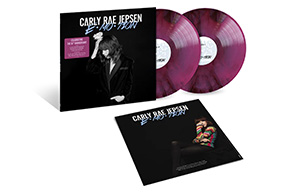‘Aquamosh’: Plastilina Mosh’s Weido Pop Masterpiece
The music from this Mexican alternative classic is perfect for a generation that’s grown up on short-form video and eclectic playlists.
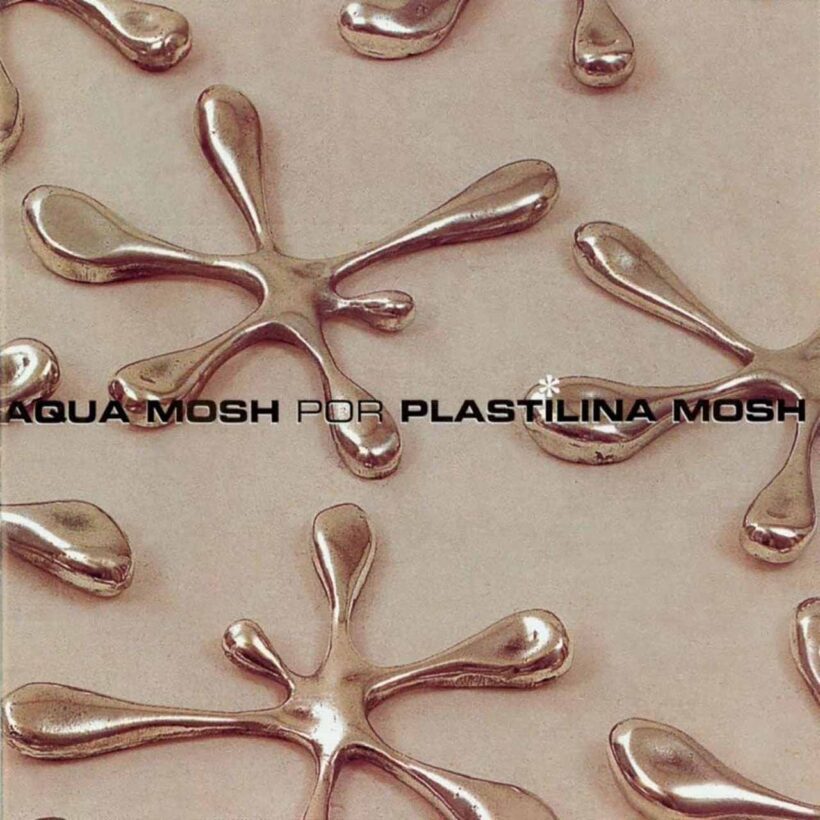
During the commercial heyday of Mexican rock, bands made their mark by fusing different genres. Artists such as Caifanes mixed post-punk and arena rock with pre-Hispanic music, while others like Café Tacvba and Maldita Vecindad borrowed elements from ska, punk, son cubano, cumbia, disco, and more. But few artists deftly combined as much as Monterrey’s Plastilina Mosh.
The duo, composed of Juan José “Jonás” Gonzalez and Alejandro Rosso, made wildly exploratory music using both traditional instruments and state-of-the-art tools like computers and samplers. They made their mark right from the get-go with their 1998 full-length debut, Aquamosh. It was an amazingly creative and fun mishmash in which everything from lounge to industrial coalesced into a nearly flawless record. It helped establish Plastilina Mosh as auteurs of experimental hook-laden music that still sounds fresh decades after its release.
Listen to Plastilina Mosh’s Aquamosh now.
Plastilina Mosh started in Monterrey, Nuevo Leon in 1997. Jonaz had played in a metal band called Koervoz De Malta and Rosso, a classically-trained musician, played keyboards in the prog-leaning outfit Acarnienses. Both had interest in a wide range of music, from acid jazz to punk.
Around this time, Monterrey was becoming a mecca for music in Mexico. The Mexican rock boom – which started with bands like Caifanes and Botellita de Jerez in the late 1980s – had its epicenter in Mexico City. But as the 90s progressed, attention began to shift to Monterrey, with the G-funk-inspired Control Machete, the power pop-meets-rap rock of Zurdok, the Britpop-leaning Jumbo, the Latin rhythms of El Gran Silencio, and many more. The press dubbed this generation of bands La Avanzada Regia. Loosely translated, it means “The Regal Avant-Garde.” (“Regio” is a nickname for people from Monterrey.)
After signing with EMI, Plastilina Mosh recorded what became their debut full-length, Aquamosh. The album was produced by Tom Rothrock and Rob Schnapf, with additional production from Jason Roberts and Sukia – the latter coming on board after being recommended by the Dust Brothers. (P-Mosh had asked for the Dust Brothers themselves, thanks to their work on the Beastie Boys’ Paul’s Boutique and Beck’s Odelay.)
“We use everything that we have ever listened to and liked,” explained Jonás. “It’s like going to a gigantic supermarket where you pick everything that’s good, and sometimes even some bad items.” That’s apparent from the off. Aquamosh is marked by a devil-may-care attitude, everything but the kitchen sink instrumentation, and a kitsch aesthetic; characteristics that put them in conversation with the aforementioned Beasties and Beck. At the time, Billboard even hyped them as “Mexico’s answer to the Beastie Boys.”
Even so, Plastilina’s sound had plenty of unique elements. The album opens with “Niño Bomba,” their most political track – think Rage Against The Machine if they were raised on DJ Shadow instead of Black Flag. From there, the sound and tone zigzags: “Afroman” inhabits the same galaxy as Digital Underground while “Ode To Mauricio Garces” – named after the Mexican B-movie casanova – delves into bossa-inflected lounge not too far from Stereolab’s gentler moments. “Monster Truck” is a digital blues stomp and “Bungaloo Punta Cometa” could well have been a Butthole Surfers deep cut. The album ends with “Mr. P-Mosh,” a weirdo pop collage that’s the most unclassifiable song on the album. It also became the biggest hit. Featuring boogie bass, aggro-rapping, girl-group backing vocals, harmonica, and a plethora of samples, the song is as irresistible as it is unpredictable.
Aquamosh soon reached instant classic status. Singles like “Niño Bomba,” “Afroman,” and most importantly, “Mr. P-Mosh,” quickly became staples of Mexico’s rock radio while their artfully kitschy videos were in constant rotation on MTV’s Latin channel which broadcasted to all of Latin America. Plastilina soon toured all over the continent as well as Spain, Europe, and the U.S. Outlets such as Spin and Vibe praised the album. Further critical and commercial success came with their contributions to soundtracks for internationally renowned Mexican movies like Y Tu Mamá También and Todo El Poder.
Plastilina Mosh returned with Juan Manuel in 2000, abandoning the adrenaline-inducing punk attitude of Aquamosh to delve into dance music, disco and trip hop, all with their fun-loving anarchic spirit in place. Later, they leaned toward melodic experiments with songs like “Peligroso Pop” and “Perverted Pop Song,” showcasing their ability to make picture perfect power pop without sacrificing their experimental instincts.
After their 2008 full-length album, All You Need Is Mosh, Plastilina slowed down. While the duo never officially disbanded, Jonás and Rosso took time to focus on side projects as well as solo albums. Plastilina would come back periodically to play sporadic shows and release the occasional new single, like “MJLM” and “Controlemos El Fuego (People’s League Version).”
Today, their status as elder statesmen in the Mexican scene is secure. They paved the way for more Mexican music fusionists like Nortec and 3BallMTY, groups that put together genres like norteño, cumbia with electronics, and hip-hop. Much like the Beastie Boys and Beck in the United States, the group’s music predicted a generation that’s grown up on short-form video and eclectic playlists, where hip-hop, corridos, and rock mix together without a second thought.
Perhaps Plastilina Mosh’s biggest contribution to Mexican music, cemented on Aquamosh, is that, with the right attitude, different sounds can coexist.

